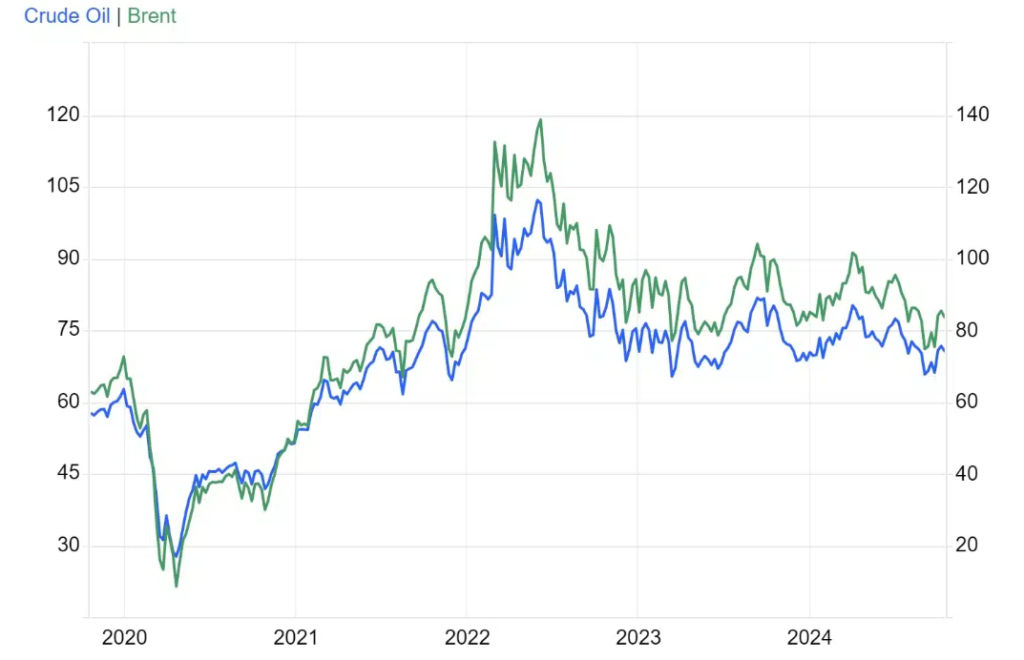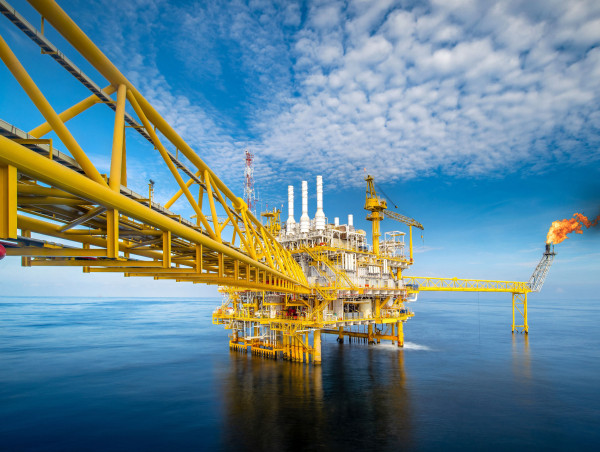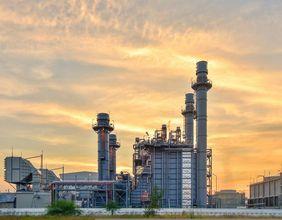Even as the oil market struggles to break out of its current range of $70-$75 per barrel, adequate supply going into 2025 is likely to keep prices subdued.
Traders have been monitoring the situation in the Middle East, hoping that further escalations would prop up oil prices even more.
Oil prices had surged more than 10% after Iran attacked Israel. Brent had climbed back over $80 per barrel for the first time since August.
But, the rally was short-lived.
Since the October 1 attack by Iran on Israel, there have been no real threat to oil supply so far.
In the immediate aftermath of Iran’s attack on Israel earlier this month, there were concerns about the former’s oil facilities being targeted. But, those concerns have subsided, and unless Israel targets oil facilities in Iran, prices are expected to remain in their current bandwidth.
Supply glut in 2025?
In the absence of any major supply shocks in the Middle East, the focus has shifted back on enough supply and demand concerns for oil bulls.
Poor demand in China this year has kept prices subdued.
The Asian giant is the top importer of crude oil in the world.
According to the International Energy Agency (IEA), China’s growth in oil demand this year is likely to be 20% compared with a 70% growth in 2023.
Next year too, China’s growth in oil demand is likely to be just 20%.
“Chinese oil demand is particularly weak, with consumption dropping by 500 kb/d y-o-y in August – its fourth consecutive month of declines,” IEA said in its October monthly report.
Meanwhile, the Organization of the Petroleum Exporting Countries and allies are set to increase oil production from December.
Saudi Arabia and OPEC+ are scheduled to unwind some of the voluntary oil output cuts from December to regain market share.
The development comes at a time when demand is already suffering. If OPEC goes through with their scheduled increases, oil prices could fall further.
Non-OPEC supply growth
At the same time, growth in non-OPEC supply is also likely to weigh on sentiments.
The IEA expects growth in non-OPEC oil supply to be around 1.5 million barrels per day this year and the next. This is outpacing OPEC’s supply growth.
“The United States, Brazil, Guyana and Canada are set to account for most of the increase, boosting output by over 1 mb/d both years, which will more than cover expected demand growth,” IEA said.
Additionally, the spare oil production capacity of OPEC+ is at historic highs, barring the exceptional period of COVID-19 pandemic.
Excluding Libya, Iran and Russia, effective spare capacity comfortably exceeded 5 mb/d in September, according to IEA.
Global oil stocks provide a further buffer, even as observed crude oil inventories drew by 135 mb over the past four months to their lowest since at least 2017 and OECD industry stocks remain well below their five-year average.
The agency, however, said that global refined product stocks have swelled to three-year highs, pressuring margins across key refining hubs.
Meanwhile, IEA, itself has a public crude oil stock of over 1.2 billion barrels, with an additional half a billion barrels held under industry obligations.
Even if there is a supply shock in the Middle East, the world is well established in terms of oil supply.
In its Short-Term Energy Outlook for October, the US Energy Information Administration (EIA) forecast that global production of petroleum and other liquid fuels will increase by 2 million barrels per day in 2025, up from growth of just 500,000 barrels per day in 2024, driven by output from non-OPEC countries.
We anticipate that production growth outside of OPEC+ will remain strong over the forecast period, and as a result, we anticipate OPEC+ producers will likely keep production less than their recently announced targets for much of next year.
China remains key
If supply is adequate going into 2025, the only other factor apart from geopolitical risk premiums, which can drive oil prices higher is robust demand from China.
But, so far signals coming out of China haven’t been great, with imports of oil declining for the last few months.
Next week, important indicators will be released with the purchasing managers’ indices in China, which could push up all prices equally.
“Since the announcements of the new stimulus measures mostly took place after the survey period for the September indices, there is a chance that sentiment indicators could have brightened somewhat in October. However, we are not overly optimistic,” Barbara Lambrecht, commodity analyst at Commerzbank AG, said in a report.
In addition, the rapid advance of electric vehicles in China is also curbing oil consumption in the world’s top importer. This will only increase as the world moves away from fossil fuels.
Price forecasts for rest of 2024
Oil prices are increasingly susceptible to the downside despite Middle East tensions continuing to simmer.
“For the remainder of the year, I think oil prices will continue to face downward pressure. Inventories remain high, but demand is down,” Rizvi of Primary Vision Network told Techopedia.com.
In July, Rizvi maintained its oil prices at $70 per barrel, citing global economic slowdown.

Meanwhile, ANZ Research has also cut its oil price forecasts for the rest of this year.
The agency now sees Brent crude oil prices at $80 per barrel in 2024 from its earlier forecast of $87 a barrel.
As for WTI prices, ANZ expects the US benchmark to trade at $78 a barrel from its earlier estimate of $84 a barrel.
ANZ Research said:
OPEC supply policies are struggling to support prices, as concerns of weaker demand persist. With investors increasingly bearish on economic growth, sentiment is likely to remain weak. This comes as seasonal trends result in a slowdown in oil demand.
The post Why oil prices may stall amid looming supply glut? appeared first on Invezz





